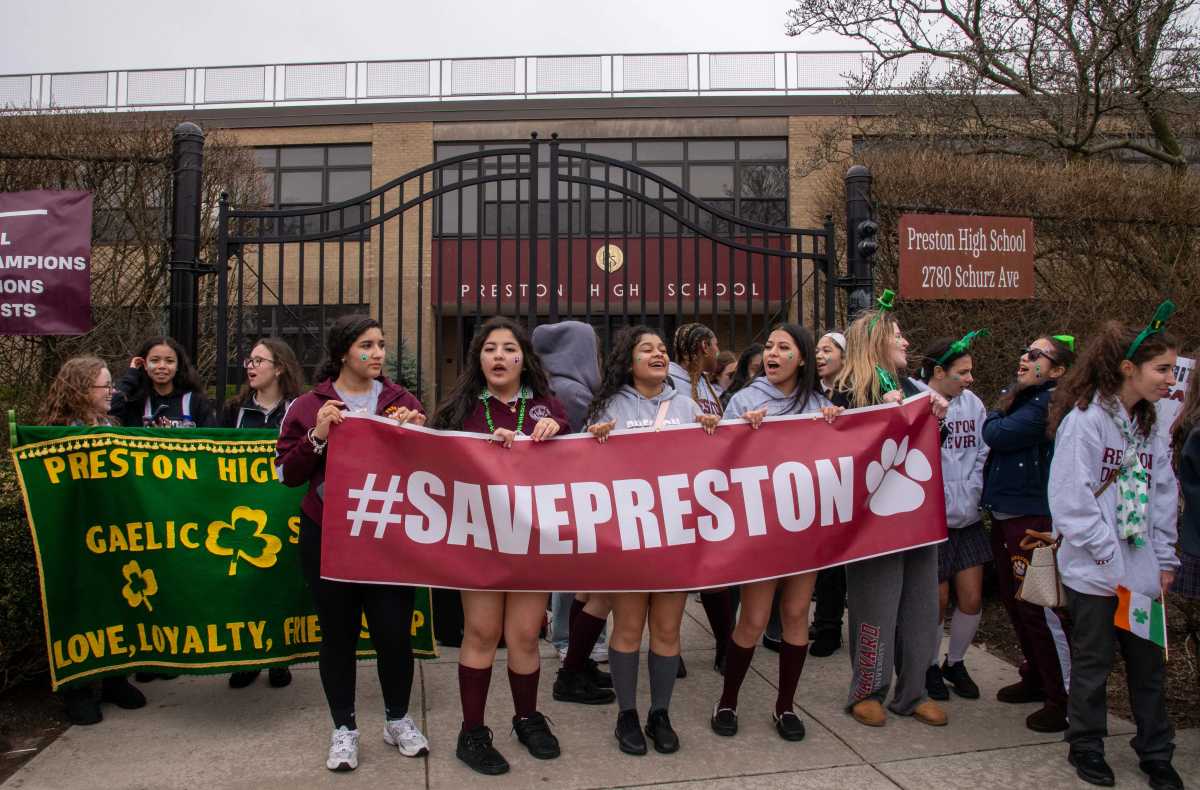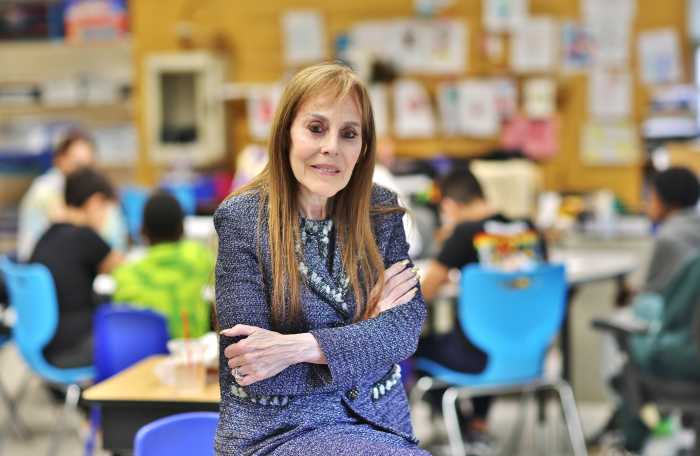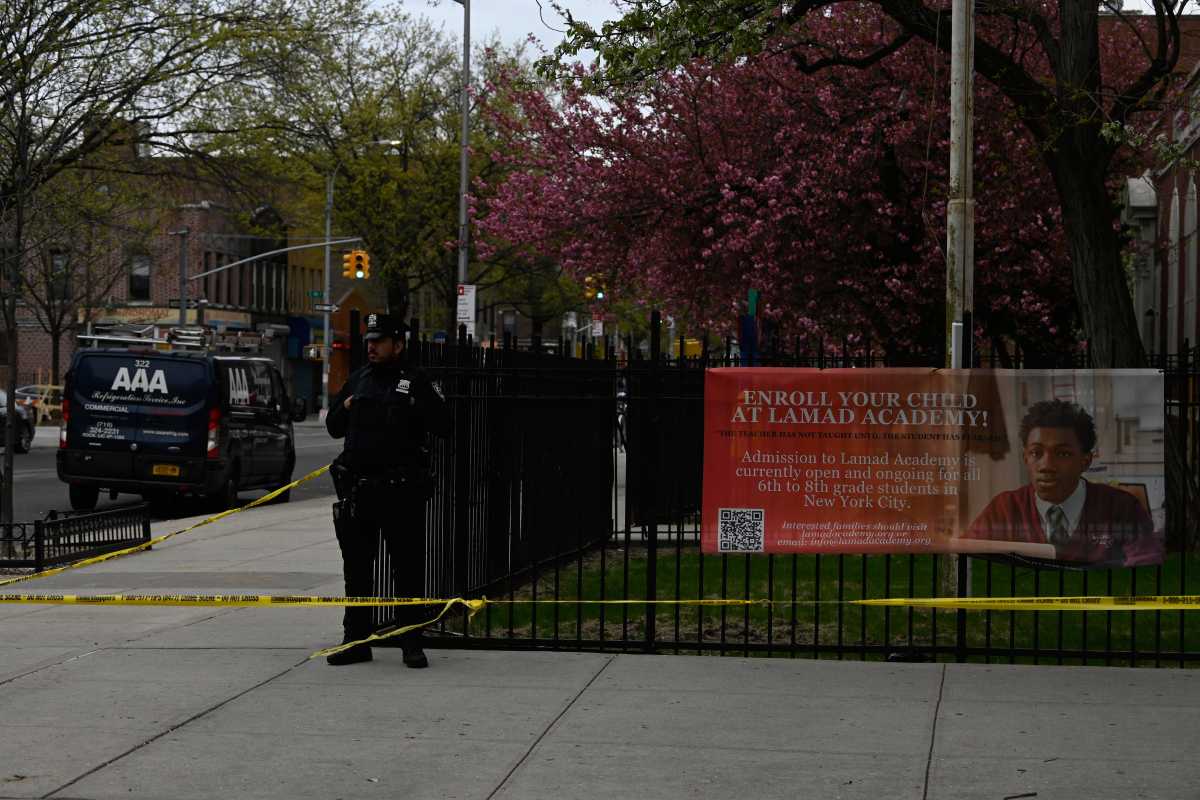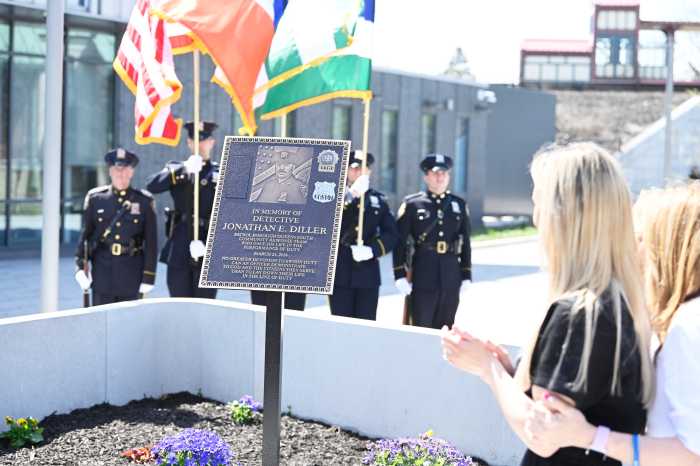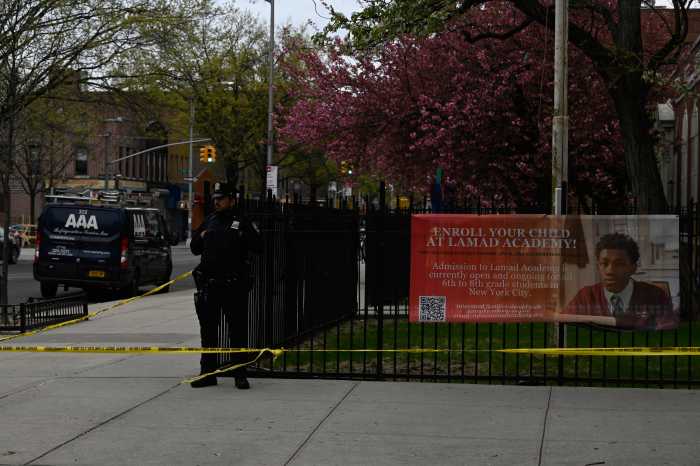This fall semester students opting out of in-person classes will receive daily live instruction in short intervals with some lessons being as brief as 15 to 20-minutes for the city’s youngest learners.
Students participating in the city’s blended learning model, meaning that they sit in physical classrooms for half of the week, will also receive live instruction during their remote learning days.
Schools will post class schedules for live instruction online for families and students with enough time for parents to plan their work and family commitments accordingly, according to a Department of Education spokesperson. Most remote students will be assigned teachers from their schools when they receive their class schedules before the beginning of the school year.
In a statement, the DOE wrote that some fully remote learners might not be assigned teachers before the start of the fall semester “depending on the numbers of fully remote students and staff with reasonable accommodations.”
Every morning, teachers and staff will have a 30-minute ” instructional coordination period” to ensure that course work in in-person and remote classes align. Teachers will also have a daily 30-minute prep period at the end of the school day to organize their instructional planning.
In-person teachers will not be required to stay on school grounds during this time period, the DOE spokesperson said. Instructors will only be required to work 6 hours and 50 minutes a day and schools will host only one faculty and one grade or department conference per month.
As part of the new instructional guidelines, in-person students will eat lunch during one of a class period.
“Health and safety come first,” wrote DOE spokesperson Danielle Filson in an email to amNewYork Metro. ” We are rolling out instructional guidance to our schools based on what we learned this spring and summer for students who are fully remote and for those learning in a blended environment.”
The newly released guidance, Filson added, was developed in partnership with the United Teachers Federation and the Council of School Supervisors and Administrators. Both unions have been critical of the city’s haphazard management of the nation’s largest public school system during the coronavirus pandemic.
“While there will be some key differences between the two learning models, the expectation for high-quality instruction that is culturally responsive and rigorous remain the same as they always have across the board, for all students,” said Filson.
Both the UFT and CSA declined to comment on the instructional guidelines.




